The rise of 'ruin porn' – has our obsession with abandoned places gone too far?
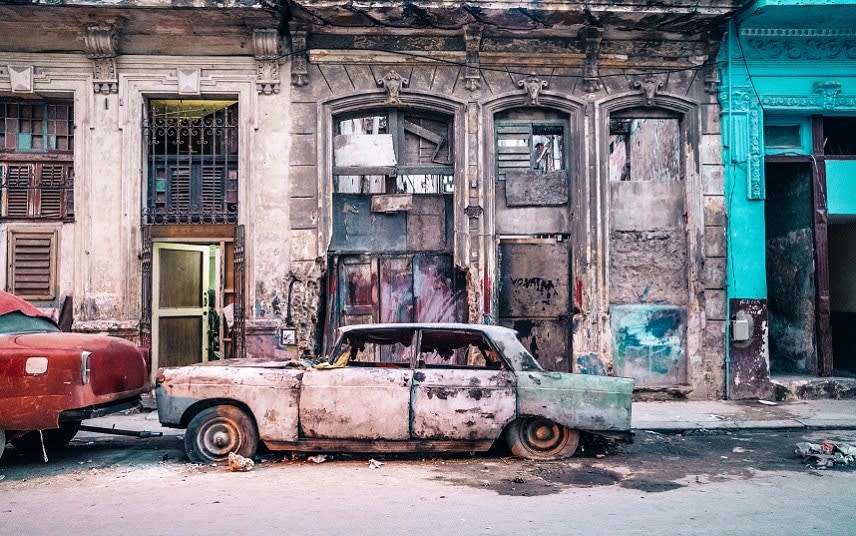
I posted some pornography on Instagram the other day. The subject was an abandoned pub, The Cricketers, on a residential street that borders the Oval cricket ground in London. The skeleton of an old gasworks loomed behind, framed against the backdrop of a bright blue sky.
This is what some people refer to as "ruin porn".
My photo wasn’t a piece of social commentary about the demise of proper drinking pubs in London, nor was it a metaphor for England’s performance in the Ashes this year. (Although both do work.)
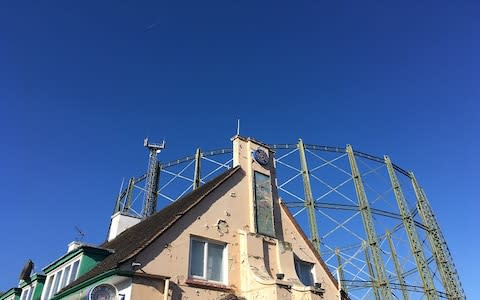
To me there was something compelling about the aesthetic of the scene within the context of central London. Two crumbling carbuncles in an urban landscape where – just a few hundred metres away – glimmering glass towers are being erected in the Nine Elms development.
I’m not alone in finding ruined architecture fascinating. The internet has been developing an obsession with abandoned places (often prefixed by "spooky", "creepy" or "haunting") for some time now. Like it or not, your partner, children or – god forbid – parents, have probably looked at ruin porn. And they probably enjoyed it too.
The trend took off in March 2013, when Buzzfeed posted a round-up of the world’s most beautiful abandoned places. The subhead glibly read: "Can't wait until the world ends and EVERYTHING looks like this." In the five years that followed, Google searches for "abandoned places" skyrocketed and social media naturally started calling it #ruinporn, sitting alongside the likes of #foodporn, #travelporn and #cabinporn.
Of course, like most memes and social media trends, so-called ruin porn is a manifestation of something humans have been interested in for centuries. An exhibition at the Tate Modern in 2014 called Ruin Lust explored the art world’s interest in ruins through time, from Turner and Constable – who toured Britain looking for ruins like Tintern Abbey and Hadleigh Castle – to contemporary photographers like Rachel Whiteread, who captured the destruction of London’s housing estates in her 1996 portfolio Demolished.
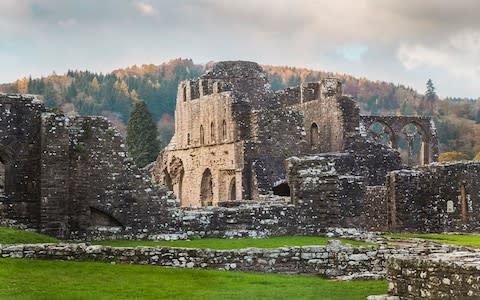
Today, the fascination is no longer the sole domain of artists. Ruin porn is influencing where people are going, as shown by the steep rise in searches for "abandoned places near me" since 2014.
So why, as a society, are we so fascinated with ruins in our own time? Tong Lam, an Associate Professor at Toronto University and author of the book Abandoned Futures: a Journey Through the Posthuman World, told me: "I think ruin tourism or dark tourism has become popular because it helps to negotiate our growing anxieties over the existential threats that we are facing, including climate change, globalisation, nuclear annihilation or simply death."
He continued: "Images of deindustrialisation make us to think about the growth of precarious jobs and the loss of the so-called American Dream. Images of nuclear wastelands remind us of the dangers of nuclear techonology. In short, with the world that seems to be speeding up and with the plight that we are facing, we are seeing an explosion of nostalgia globally."
As the post-apocalyptic aesthetic becomes more present in our DSLR viewfinders and Instagram feeds, heritage sights and cities recovering from abandonment are having to make decisions on whether to restore or embrace the ruin.
Orford Ness on England's east coast is a good example of the latter. The shingle spit of land (Europe's largest, for your next pub quiz) was used as a military base during the Second World War and a secret atomic weapons testing site during the Cold War.
Britain's beautiful abandoned places
Today, it's a nature reserve. But there is no teahouse here, no twee exhibition centre. This is because the National Trust decided to employ the policy of "continued ruination", and the professor of cultural geography at Exeter University Caitlin DeSilvey says this is a good thing.
"Orford Ness is an interesting case because it shows that we don't always have to associate ruination with failure and neglect," she told The Telegraph in an interview last year. "Where the process of physical decay is going on, and nature is moving in, we can try to see this in a positive light and ask ourselves what we can learn from those changes."
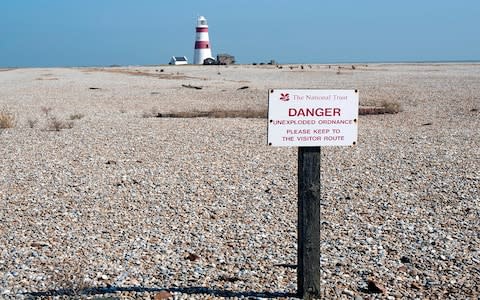
Ruin porn like this feels not only harmless but enriching. This is a place where the innocence of wildlife and the destruction of humans intertwine, which feels like a work of art in itself.
Orford Ness is strictly speaking a "living ruin", a population of 713 resides here, but there are other living ruins like Detroit where the human impact spreads much further.
When the city declared bankruptcy in July 2013 following decades of economic downturn, international media attention turned on Detroit. The footage depicted a post-apocalyptic wasteland, where factories and cinemas had been reduced to shells, and foliage had already begun to reclaim the concrete jungle.
Until this point the ruins of sites like the Michigan Central Station – closed since 1988 – had been the stomping ground of the most intrepid "urban explorers", and a constant reminder of the city's tragic fate to the local residents.
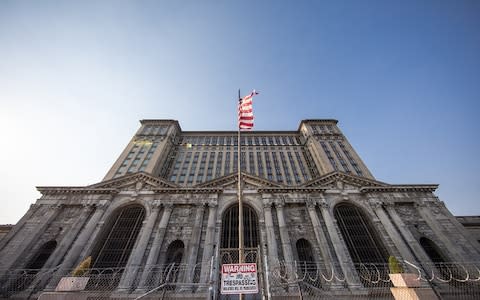
But some entrepreneurial types soon latched onto the interest and started running tours around the city's top abandoned places. On viator.com, the top tour listed for Detroit is the Urban Exploration and Photography Tour, which visits "the city’s abandoned schools, factories, warehouses, municipal buildings and theaters in search of the perfect picture."
Detroit is not the only city to have seen a boost in ruin tourism, particularly focused on photography, but different places have different contexts. Tong Lam makes this point: "The old city of Havana is mainly the product of Cold War geopolitics and US embargo. Chernobyl, meanwhile, is a story of nuclear disaster and environmental devastation."
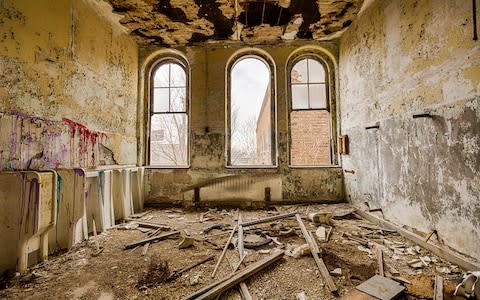
So what does this mean for us, the watchers and photographers of so-called ruin porn?
In many ways, the profileration of #ruinporn has been a positive force – blowing oxygen into the dwindling flames of tourism in destinations on their knees. But it's probably safe to assume that the residents of these places don't share Buzzfeed's eagerness for the world to end and EVERYWHERE on Earth to look like this.
As tourists we need to be aware of the "living" aspect of the ruin, and make sure that our interest isn't crossing the line into straight-up voyeurism.
If you feel at all uncomfortable, awkward or guilty taking that photo, it probably is.

